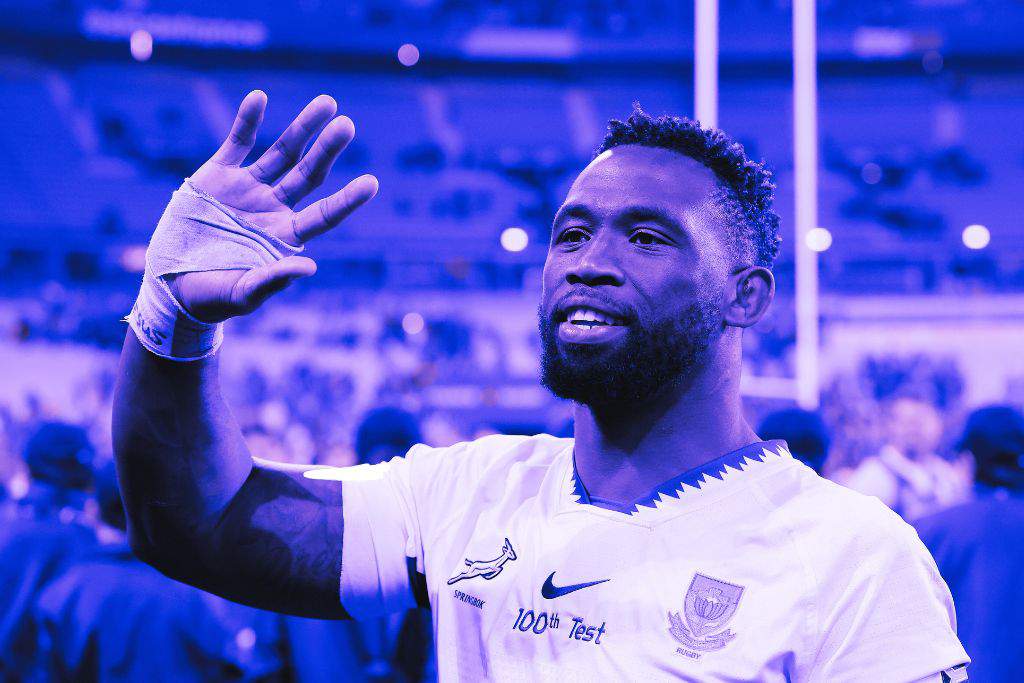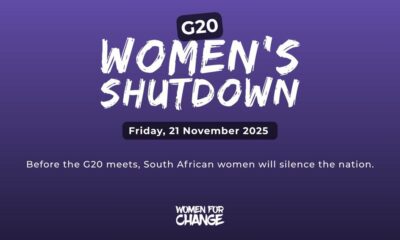Culture Craze
Siya Kolisi’s Call for Purple: South Africa Rallies against GBVF This Friday

A moment bigger than rugby
South Africans are used to Siya Kolisi rallying the nation in green. This time, the Springboks captain is asking for something different. In a video that quickly began trending on X, Kolisi urged people across the country to swap their usual Friday green for purple on 21 November. The appeal is tied to the growing national demand for meaningful action against gender-based violence and femicide in South Africa.
His message was simple and emotional. He thanked supporters for backing the Springboks every Friday, then reminded the nation that women and children remain in danger. Kolisi said that choosing purple this Friday would be a powerful way to stand with survivors and show visible solidarity.
How the purple wave began
The call connects directly with a movement driven by Women for Change, an organisation that has become a central voice in the fight against GBVF. They launched a national petition asking the government to declare GBVF a national disaster. They also introduced the purple movement, which encourages people to change their profile pictures to a purple colour block and participate in a visual show of unity online.
Although the National Disaster Management Centre declined the petition, the momentum has not slowed. Women for Change confirmed the petition has passed one million signatures, a sign of how deeply the crisis cuts across communities.
Social media answers the call
Purple has spread across social platforms at a remarkable speed. High-profile South Africans, including Bonang Matheba, Mia le Roux, Grace Mondlana, Natasha Vermaak, Zozibini Tunzi Bolowana, and Kolisi himself, have changed their profile pictures in support. Their participation helped push the movement beyond South Africa, with creators in the United States, United Kingdom, Botswana and Ethiopia joining in.
Alongside the purple symbol of unity, supporters are also encouraged to wear black to represent mourning and resistance. The visual contrast of purple and black has already become one of the most recognisable elements of the movement.
💜 @SiyaKolisi showing his support for his home nation 💜🫶 Purple on Friday the 21st! #QuilterNS #QCNS pic.twitter.com/wyihxFZX8C
— Quilter Nations Series (@QuilterNations) November 15, 2025
Why this moment matters
South Africa’s femicide rate remains one of the highest globally. Statistics show that the local rate is six times higher than the world average, with a 33.8 percent increase in femicide recorded in a single year. These numbers reflect more than crime statistics. They reflect families, households, and entire communities affected by violence that has become tragically familiar.
Kolisi’s public support is significant because it reaches audiences beyond activism spaces. Rugby supporters, families, young men, school communities, and everyday fans who look up to him are now hearing a message that cannot be ignored. His voice adds urgency to a national conversation that many survivors have been fighting to keep alive.
A country preparing for Friday
As Friday approaches, purple is becoming more visible in workplaces, schools, and community groups. What began as a digital symbol has evolved into a colour of resistance and remembrance. Many South Africans see this Friday as a chance to stand together in a collective moment. A moment that says the country will not look away.
Kolisi’s call is not only about a colour. It is about a nation choosing to show up for women and children and individuals who have waited too long for meaningful change.
Also read: Sol Phenduka’s Take on Siya Kolisi’s Headshots Sparks a South African Debate
Follow Joburg ETC on Facebook, Twitter, TikT
For more News in Johannesburg, visit joburgetc.com
Source: IOL
Featured Image: News24



























